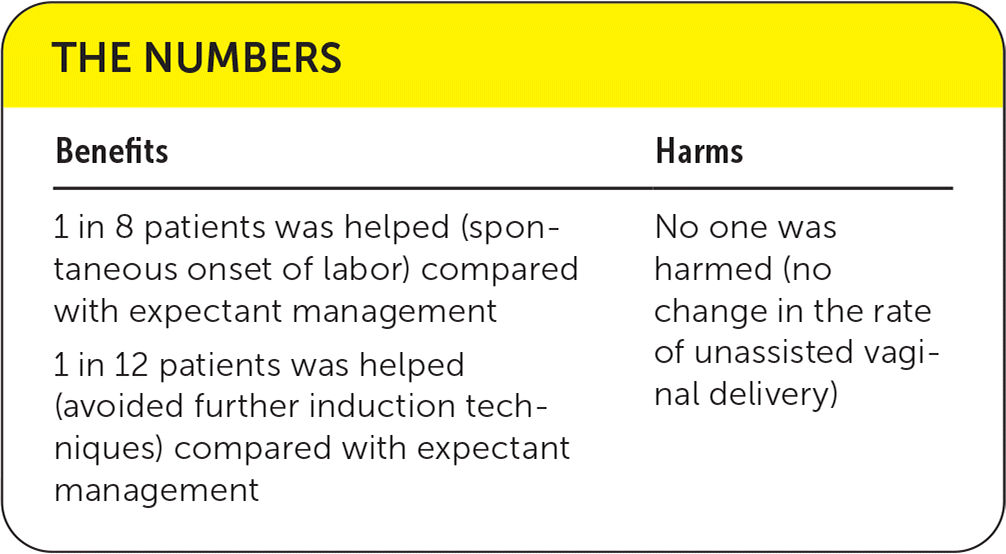Menu
Cant find something?
Cervical Check
A cervical check is used to assess the cervix’s dilation, effacement, and position, as well as the baby’s position. Dilation refers to the opening of the cervix, measured in centimeters from 0 to 10. Effacement describes the thinning and softening of the cervix as it prepares for labor.
A cervical check cannot tell us how soon labour will begin. However, it can help assess the progression of labour. It can also help determine if interventions are needed if the cervix is dilating too early.
You may undergo a cervical check in the clinic starting around 38+ weeks to evaluate for cervical changes. A cervical check is also typically done prior to booking an induction to help you prepare for induction. Several cervical checks are also done at the hospital to assess how labour is progressing. You may also have a cervical check at any point in pregnancy if there are concerns about labour.
To examine the cervix, your healthcare provider will insert a gloved finger into the vagina to assess the cervix. They will feel for the position of the cervix, consistency, and dilation.
You may experience discomfort and pressure. You may also have spotting or light bleeding after the exam.
To help prepare you for this cervical check, practice deep breathing to allow the pelvic muscles to relax. You may also try other relaxation techniques including progressive relaxation or visualization.
You may choose to decline a cervical exam as long as there is no concern regarding preterm labour, active labour, infection, rupture of membranes, or bleeding.
Membrane Sweep
You may be offered a “membrane sweep” or “stretch and sweep” along with your cervical exam. A membrane sweep is done to help induce labour without the use of medications. It is done by sweeping a gloved finger inside the cervix to separate the membranes from the cervix. This helps stimulate the release of hormones called prostaglandins, which help induce contractions. Watch this video to learn more about what a membrane sweep is and how it’s done.

During a membrane sweep, you may experience discomfort and pressure. You may also have spotting or light bleeding after the exam. In addition, you may have cramping for a few days after the procedure. Rarely, your membranes may rupture during the sweep.
You may choose to decline a membrane sweep.
Resources
- Cleveland Clinic – Membrane Sweep




